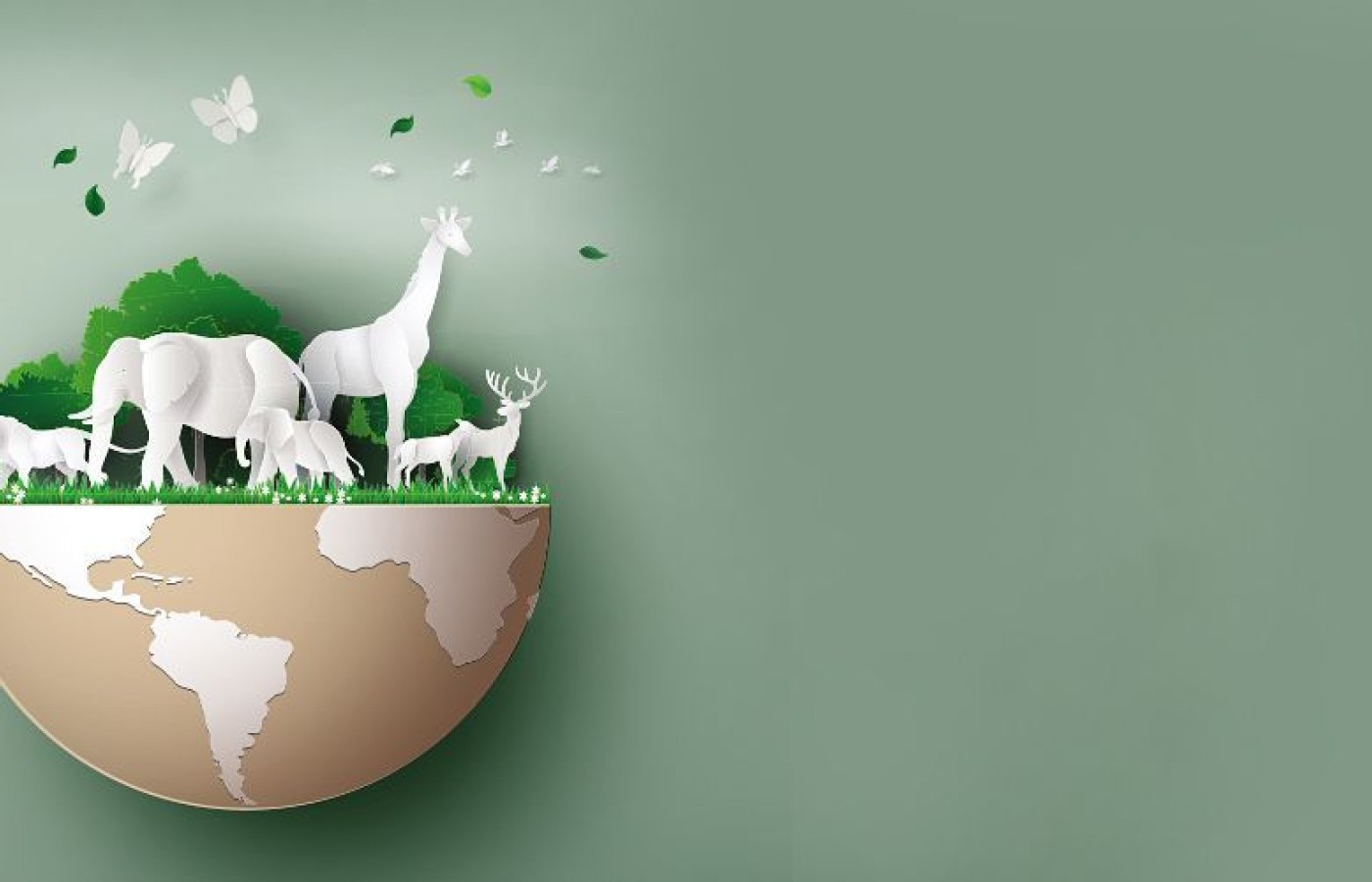TrA-2, my primary needle location, I needle 95% of the time and I think it works the best. You’ll know you have the right point location when you discover the muscle twitching when applying electric stimulation.
Protecting Wildlife: TCM Needs to Act
In recent decades, traditional Chinese medicine (TCM) practice has developed rapidly worldwide, and Chinese modalities such as acupuncture and medicinal usage are growing more popular among patients.
TCM has a long history of wildlife products being prescribed for and consumed by the public as medicinal ingredients. However, there has been a misinterpretation about Chinese medicine that animal products are believed to be tonics and thus are procured from wildlife species such as tiger bone, rhinoceros horn, bear gallbladder bile, and pangolin scale, which dramatically drives the demand by the public.1-2
Certain wildlife species are now on the edge of extinction due to such demand. Consumers believe that tonics or medicinal products containing wildlife ingredients are nourishing and have curative value.3 Among the sources of information on the curative functions of wildlife tonics or medicine, TCM professionals play an important role.4 Therefore, we are holding a timely and crucial conference for the TCM community on the need to protect wildlife in TCM.

Human harvest and consumption are threatening the existence of many wildlife species. Hunting, transporting and eating wildlife for medicinal or tonics purposes increase the risks of infectious disease outbreak by opening a window for the transmission of pathogens between species.5 Many wildlife species are natural reservoirs of known/unknown pathogens that threaten human health and trigger emerging infectious diseases such as severe acute respiratory syndrome (SARS), Ebola disease, and coronavirus disease 2019 (COVID-19).6-7
Despite efforts by various governments worldwide to protect endangered wildlife, including removing Chinese medicine patent drugs containing endangered wildlife parts from the medical insurance catalogue, and reinforcing regulations and laws, hunting and smuggling for wildlife species remain a grave issue.8 It is clear that a greater effort from all stakeholders is urgently needed.
Why We Need to Speak Up
There are a number of reasons why we, as TCM practitioners, need to speak up to protect wildlife from being used in TCM practice. TCM professionals are important intermediate actors in the wildlife consumption chain, as they can directly communicate with consumers and guide consumption behaviors. Knowing medical professionals' perceptions and attitudes toward the use of wildlife in TCM will help shed light on how to implement effective protective measures. And although the awareness and attitudes of TCM professionals are critical, this field is less investigated.
A famous ancient master of TCM practice, known as the "King of Chinese Medicine," Sun Si Miao (581-682 AD, Tang Dynasty) in "Da Yi Cheng" ("Great Doctor of Medical Ethics"), the well-known chapter in the classic Priceless Prescription, stated: "From ancient times, celebrated physicians sometimes treat diseases with live animals. However, both humans and animals cherish their lives. To treat human beings using animals is against the principle of saving lives. Therefore, I don't use animals in my prescriptions."9
The impression that TCM must use wildlife for treatment is significantly damaging the reputation of the TCM community. Several influential journals have expressed concern over endangered species being used in TCM practices. For example, The Guardian used the following title in its recent article: "Traditional Chinese Medicine Endangering Africa's Species, Report Alleges."10 An article in Women's Weekly in Singapore stated: "If You Take These TCM remedies You May Be Unknowingly Killing Endangered Animals."11
It is clear that the use of wild animals has become a major barrier to the international acceptance of TCM. Although licensed acupuncturists and Chinese herbal medicine practitioners in the United States have no access to TCM products containing endangered wildlife products because of U.S. laws and regulations, the TCM community's silence would confirm the general public's misconceptions.
A Critical Conference
Noting the urgent need for TCM professionals to act, we will hold a conference in San Francisco, Calif., on Oct. 16, 2022. Invited speakers include scientific researchers, TCM practitioners and educators, as well as representatives of Chinese herbal manufacturers from the U.S., Europe, Hong Kong, and mainland China, who will share their perspectives on wildlife protection in TCM. The conference will be conducted simultaneously in-person and online. Seven CEUs will be offered (NCCAOM and CAB); no registration fee is required. Please mark your calendars and join us for this conference, which will be the first held by TCM communities on this topic.
This conference also marks a successful effort made by the TCM community in the last Year of the Tiger 24 years ago that led to a ban on tiger bone usage in TCM products. Let's come together once more to protect all wildlife and make TCM practice sustainable.
References
- Graham-Rowe D. Biodiversity: endangered and in demand. Nature, 2011;480(7378):S101-S103.
- Sheng X, Zhang H, Weng Q. China's bear farms prompt public outcry. Nature, 2012;484(7395), 455-455.
- Drury RC. Identifying and understanding consumers of wild animal products in Hanoi, Vietnam: implications for conservation management. University College London, 2009.
- Zhang L, Hua N, Sun S. Wildlife trade, consumption and conservation awareness in southwest China. Biodiversity & Conservation, 2008;17(6):1493-1516.
- Keesing F, et al. Impacts of biodiversity on the emergence and transmission of infectious diseases. Nature, 2010;468:647-652.
- Daszak P, Cunningham AA, Hyatt AD. Emerging infectious diseases of wildlife--threats to biodiversity and human health. Science, 2000;287(5452):443-449.
- Morens DM, Folkers GK, Fauci AS. The challenge of emerging and re-emerging infectious diseases. Nature, 2004;430(6996):242-249.
- Piao Z, Sui Y, Cui Z, et al. The history and current status of felid population in Changbai Mountain Nature Reserve. Chin J Zool, 2011;46:78-84.
- Miao SS. Priceless Prescription (Qian Jin Yao Fang). Passage quoted from: Unschuld PU. Medical Ethics in Imperial China. Berkeley: University of California Press, 1979.
- Uwaegbulam C. "Traditional Chinese Medicine Endangering Africa's Species, Report Alleges." The Guardian, November 2021.
- "If You Take These TCM Remedies You May Be Unknowingly Killing Endangered Animals" The Singapore Women's Weekly, Aug. 21, 2019.



